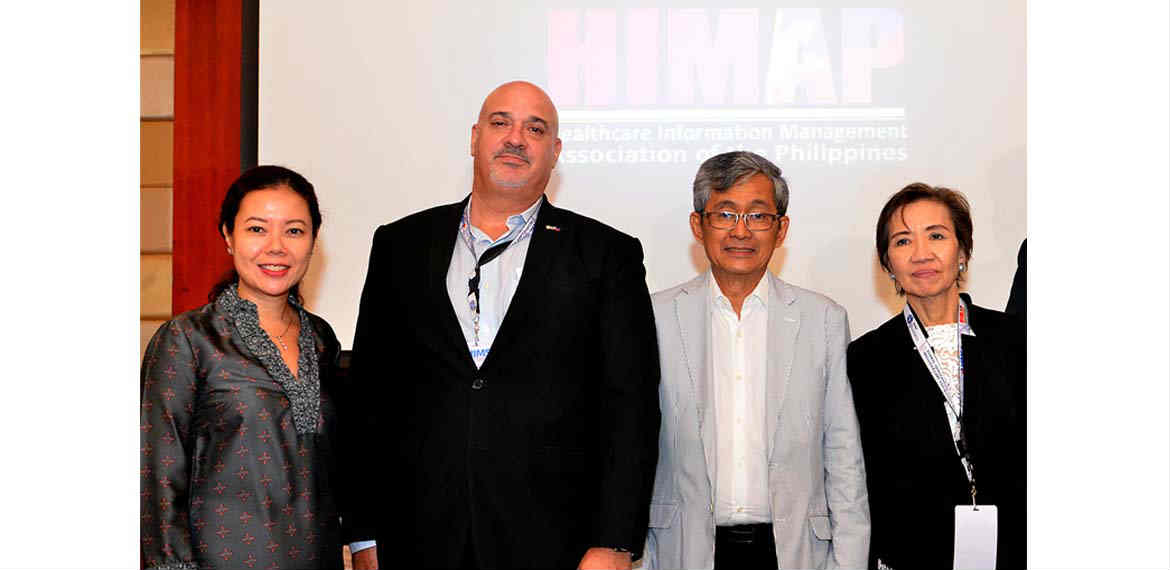2016 has been a year of adjustment and growth for the country’s healthcare industry. Developments such as the implementation of a universal health coverage through PhilHealth, the strengthened execution of the Responsible Parenthood and Reproductive Health (RP-RH) Law, the promotion of mental health education and assistance, and the government’s recent plan to distribute free medicine worth PHP2 billion to marginalized Filipino families show that the Philippines’ health sector is ripe for disruption especially with more focused government spending and investments on the digitization of healthcare.
For a long time, there has been a high demand for treatment and a low supply of accessible and affordable hospitals, equipment, and doctors. In fact, the ratio of rural doctors to the number of patients accommodated is 3 is to 100,000, while there are 7 city doctors for every 100,000 patients. On an average, it takes close to an hour or two for families to reach health facilities. Public hospital patients have to deal with overcrowding, while bearing with the pains of recovery. Even with the presence of medical programs and infrastructures for public use, majority of Filipinos still shell out money for medicine and other fees, which is why many forgo consultations and opt for self-medication.
The Department of Health (DOH) acknowledges that there is a clear disparity between the quality of service received by those who can afford medical aid and those who cannot. In its Philippine Health Agenda, DOH unveiled its Sustainable Development Goals (SDGs) for years 2016 to 2022. These include financial protection and lower healthcare costs, quality medical services both in private and public infrastructures, and a responsive health system.
One of DOH’s many initiatives to achieve its SDGs is an eHealth Strategic Framework, which aims to integrate Information and Communication Technologies (ICT) with healthcare. This allows medical facilities to streamline information systems, make use of electronic medical records, process online submission and receipt of clinical results, automate operations and business processes, and create fast access to data and research for healthcare workers. For instance, Telemedicine—the use of ICT to connect with patients for immediate treatment—is quickly gaining popularity, especially in the Philippines where many areas are still in great need of accessible healthcare.
Globe supports the SDGs through a partnership with Salud Interactiva. The number one mobile telecommunications company is offering KonsultaMD to both prepaid and postpaid subscribers. The service provides Filipinos with convenient and affordable access to licensed Filipino doctors. With 24/7 available phone consultation, patients can receive medical assessment for general healthcare inquiries, which lessens the instance of self-medication that could lead to more severe problems.
“Our company’s core purpose is to create wonderful experiences for people. Good health contributes to a better quality of life–and we strongly believe that Filipinos deserve both,” mentioned Mike Frausing, Globe Senior Advisor for Enterprise and IT Enabled Services Group.
Aside from KonsultaMD, Globe has also partnered with ACCESS Health to give maternal and child care services. In addition to this, the company has made efforts to supply individuals with HIV awareness, counselling referrals, testing, and treatment programs with the help of the Philippines National Aids Council (PNAC). Another is Globe Telecom’s HopeLine which is a 24/7 suicide prevention and emotional crisis line wherein customers can call 804-HOPE (4673) or dial 2919 for free.
In creating an easier and more convenient way to contribute and lend aid, Globe also partnered with Philippine General Hospital (PGH) to allow the public to donate funds to the pediatric clinic rehabilitation through their prepaid credits or charged to their postpaid bill.
The company has also made investments in Kickstart projects, such as Lifetrack which allows accessible radiology readings through a software platform, and Medix, a cloud-based clinic management service.
The country’s healthcare industry still has room for improvement and investments are continuing to pour in, especially in the IT-BPM industry where the health sector is the biggest contributor. In fact, it is projected to gain revenue worth US$276 billion by 2021. With the high demand for good medical facilities, the renowned quality of service from Filipino medical professionals, and technology well on its way to advancing the healthcare system, the Philippines is becoming an investment hotspot for global healthcare players.












